Wash. Dept. of Ecology says deal outlines an “achievable course for cleaning up millions of gallons of radioactive waste” at Hanford
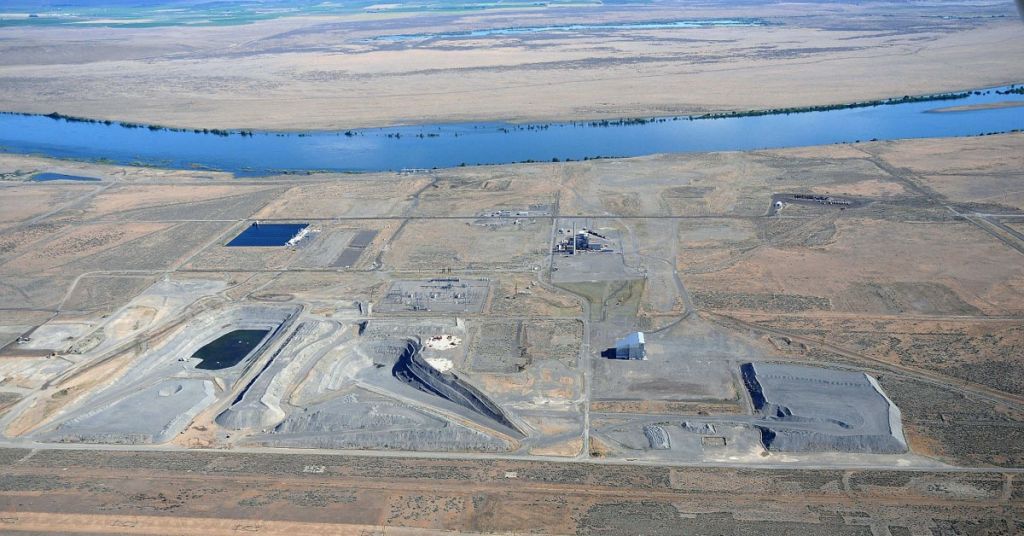
Big mess: The Hanford Site covers 568 square miles in Washington around the Columbia River. Photo: U.S. Department of Energy
By Kendra Chamberlain. February 6, 2025. The ink has dried on the latest agreement in the saga of cleanup efforts at the Hanford Site in southeastern Washington, this one 34 years in the making.
In what the Washington State Department of Ecology is calling a “landmark” and “holistic agreement” reached between the state agency, the U.S. Department of Energy (DOE) and the U.S. Environmental Protection Agency a pathway has been established for continuing tank waste retrieval and treatment at Hanford through 2040.
The agreement includes a finalized settlement and makes adjustments to the existing federal consent decree and the original Tri-Party Agreement made in 1989 between DOE, EPA and the State of Washington.
The negotiation process has not been without detractors.
The Yakama Nation, Confederated Tribes of the Umatilla Indian Reservation and Nez Perce Tribe—Tribes with ties and treaty rights to the land that the Hanford site was built upon—have said they were left out of the negotiations that led to the latest agreement, as well as the original 1989 Tri-Party Agreement.
In 2023, tribal scientists and experts corrected DOE modeling that would have led to more contamination, according to a report from the Associated Press.
Environmental and watchdog groups are concerned about how cleanup at Hanford will continue.
“It’s not negotiable that Hanford cleanup should go forward in a way that protects the people of the region. It’s just too important,” Dan Serres, advocacy director at Columbia Riverkeeper, told Columbia Insight. “This settlement underscores the importance of that work. The details of it are clearly uncertain.
“There are big questions about whether some of this very toxic and radioactive material can be managed safely and disposed of safely in the ways suggested by this agreement.
Massive task
Hanford was established in 1943 as part of the Manhattan Project and produced more than 60% of the nation’s plutonium between 1944 and 1987. It generated millions of gallons of nuclear waste that’s been stored in underground tanks ever since.
The volume of underground waste at the site is mind-boggling. It includes 177 underground waste storage tanks. Each tank contains between 55,000 and 1.2 million gallons of waste. Many of those tanks have leaked contaminants over the decades.
All together, the tanks contain 56 million gallons of nuclear waste that need to be retrieved, treated and stored properly to prevent further soil and groundwater contamination.
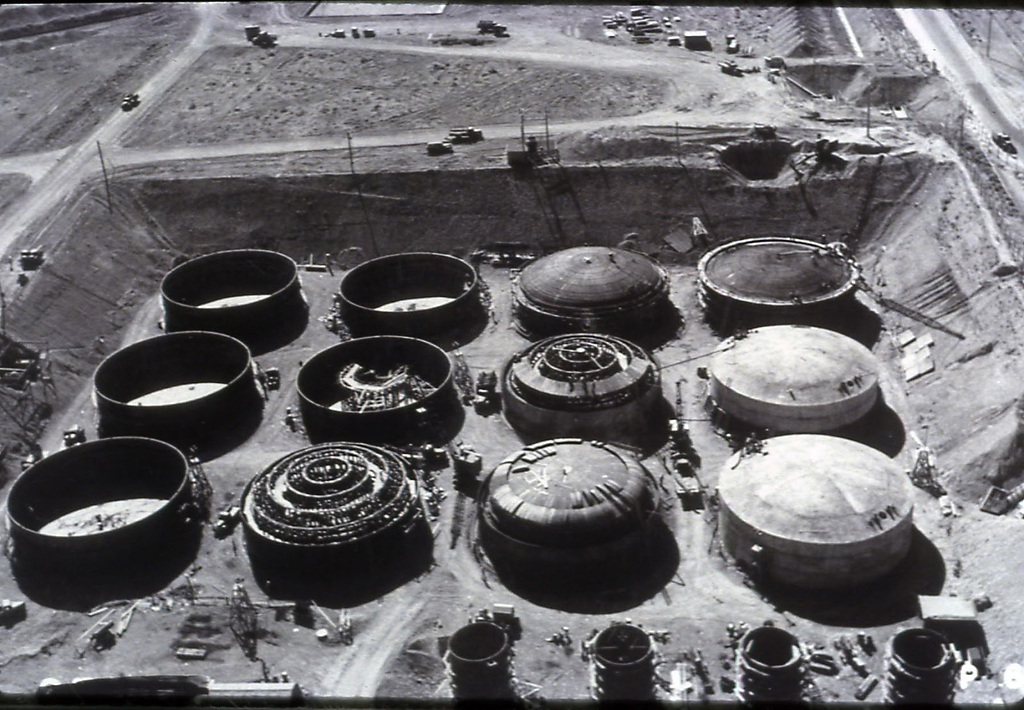
Leaking legacy: Hanford’s B Tank Farm was constructed during WWII. The tanks were covered with soil to contain radioactivity. In 2021, the Department of Energy announced one of the tanks was leaking toxic, radioactive nuclear waste into the soil. In 2024, Energy announced at least three tanks at Hanford were likely leaking. Photo: DOE archives
Cleanup efforts have been ongoing at the site since 1989. The scale of the task is astounding. The mission employs 12,000 people, ranging from state and federal employees to contractors and vendors.
Cleanup of the entire site is expected to reach into the 2070s or 2080s, nearly a century after the nuclear work concluded.
Dealing with the underground waste and its contamination is “arguably one of the hardest, if not the hardest, piece of the Hanford cleanup mission,” according to Stephanie Schleif, Ecology’s nuclear waste program manager. The state department is the lead regulator overseeing the tank waste retrieval and remediation portion of the process.
The federal Department of Energy says it’s made progress: 33.8 billion gallons of groundwater have been treated, over a thousand waste sites have been remediated and 220,000 gallons of tank waste is ready for treatment.
Shipping waste out of state
The original Tri-Party Agreement includes a process by which the waste is divided into two classes: high-level waste, which contains the most radioactive material, and low-activity waste, which makes up 90% of the waste that needs to be dealt with.
Under the new agreement, the DOE won’t apply its newer, controversial interpretation of “high-level waste” to the waste at Hanford. But it will allow some of the high-level waste to be re-classified and therefore be eligible for alternative—and cheaper —treatment methods. That’s in line with a September 2024 GOA report that recommended some of the waste be reclassified to save money and speed up the process.
Under the new agreement, some low-activity waste may now be treated by mixing it with a concrete-like material to solidify the waste (called grouting).
The grouted waste cannot stay on site, however. It will be transported to a commercial disposal site.
Where the grouting process will occur, and where that waste will go, remains undetermined. There are currently two commercial disposal facilities for grouted waste in the United States: one in Texas and one in Utah.
The DOE is currently running a pilot program, called the Test Bed Initiative, which will use alternative methods like grouting to treat 2,000 gallons of low-activity waste from Hanford.
That waste will be stored at a dump site in Andrews County, Texas.
Washington’s Department of Ecology doesn’t believe grouting nuclear waste is a safe option if the waste were to stay at Hanford, according to Ryan Miller, Ecology’s nuclear waste program communications manager.
“Ecology believes grouted low-activity tank waste is not suitable for permanent disposal at the Hanford Site,” Miller told Columbia Insight in an email. “The U.S. Department of Energy’s 2012 Tank Closure and Waste Management Environmental Impact Statement shows there would be an unacceptable impact to groundwater at Hanford if grouted low-activity tank waste is disposed of onsite.
“However, Ecology is supportive of disposal of grouted low-activity tank waste at offsite facilities that have more robust geology and that don’t have the groundwater contamination concerns we have here at Hanford.”
The rest of the low-activity waste and the high-level waste will undergo vitrification—a process in which the waste is solidified into a glass-like substance. Vitrified low-activity waste will remain at Hanford.
The high-level waste will stay at Hanford for the foreseeable future, too.
“Vitrified high-level waste will need to be disposed of off-site, at a deep geologic repository,” wrote Miller. “Such a repository currently does not exist. Until that repository is identified, vitrified high-level waste will be interim-stored at the Hanford Site.”
The federal government has been struggling to build such a repository for the last three decades.




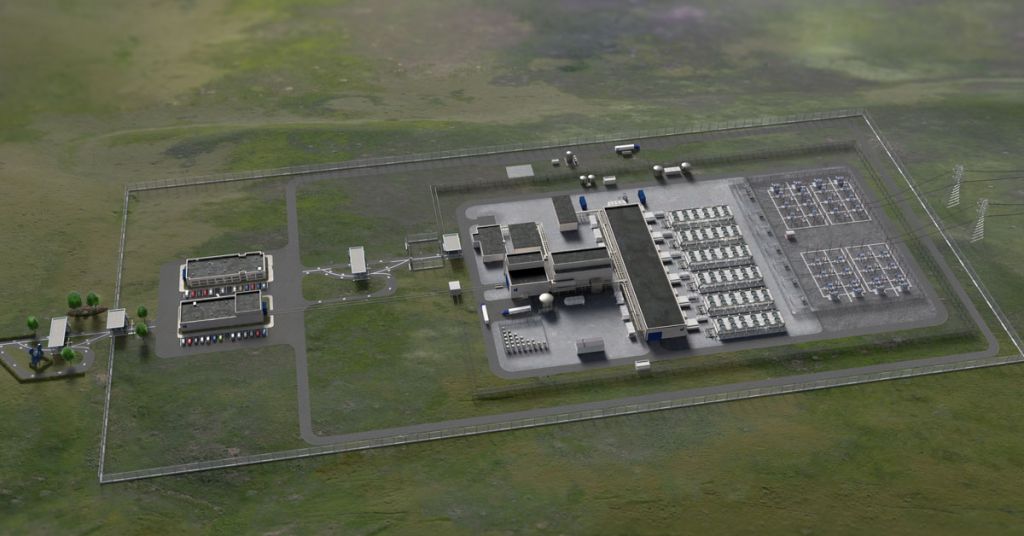
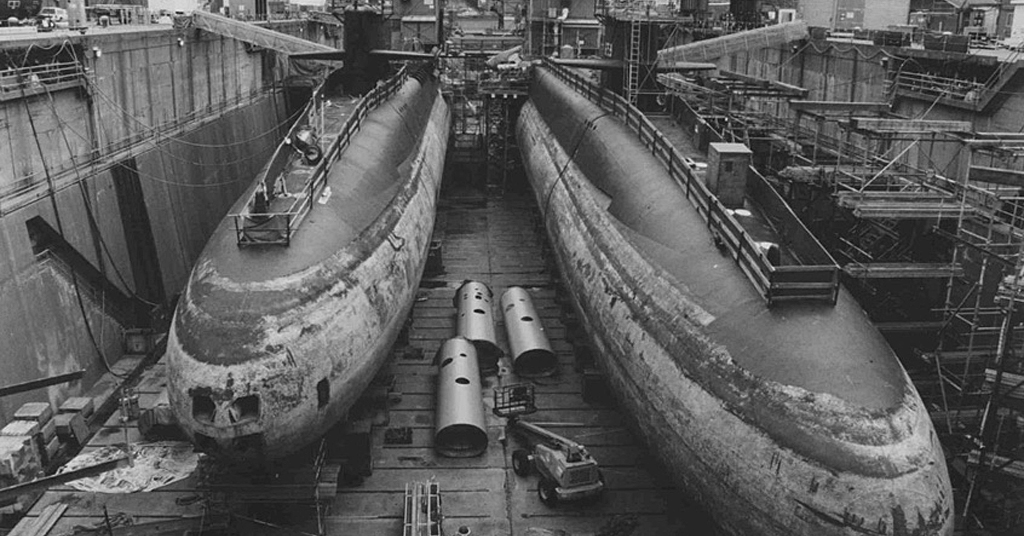
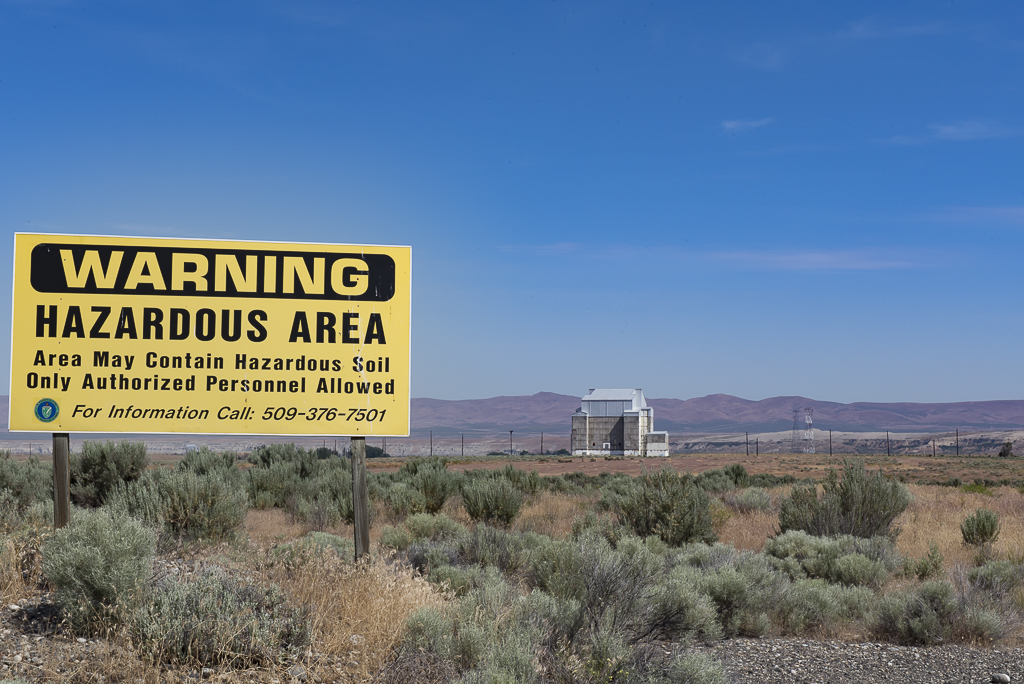



Please re-visit this story mid-year. DOE’s preferred option is to ship liquid low activity waste across Oregon to sites in Utah and Texas where it will be mixed with grout and landfilled. Oregon’s Governor, the Oregon Hanford Cleanup Board and the City of Bend have expressed concerns about shipping thousands of rail cars of liquid radioactive waste across the Columbia River and through Pendleton or up the Deschutes River through Bend and Klamath Falls. What could possibly go wrong?